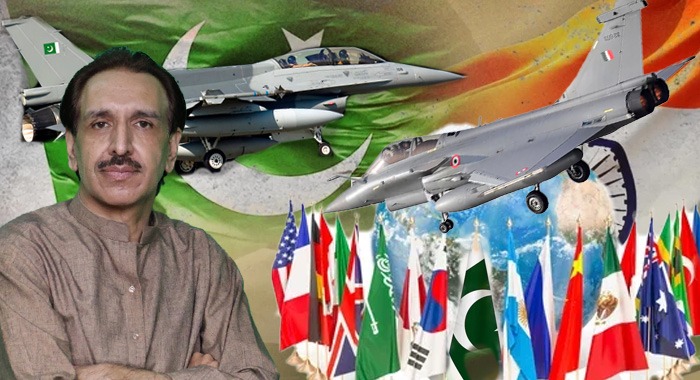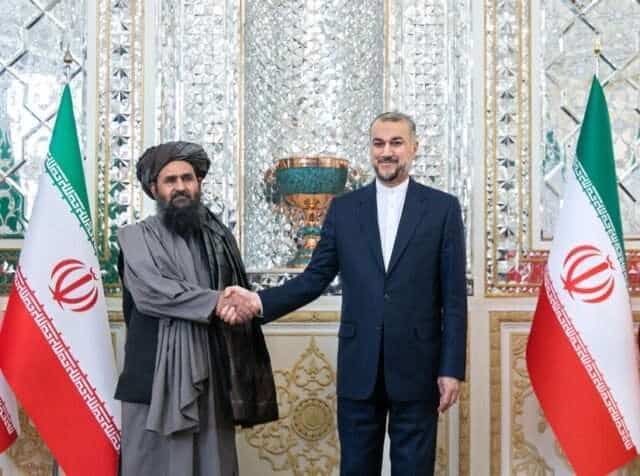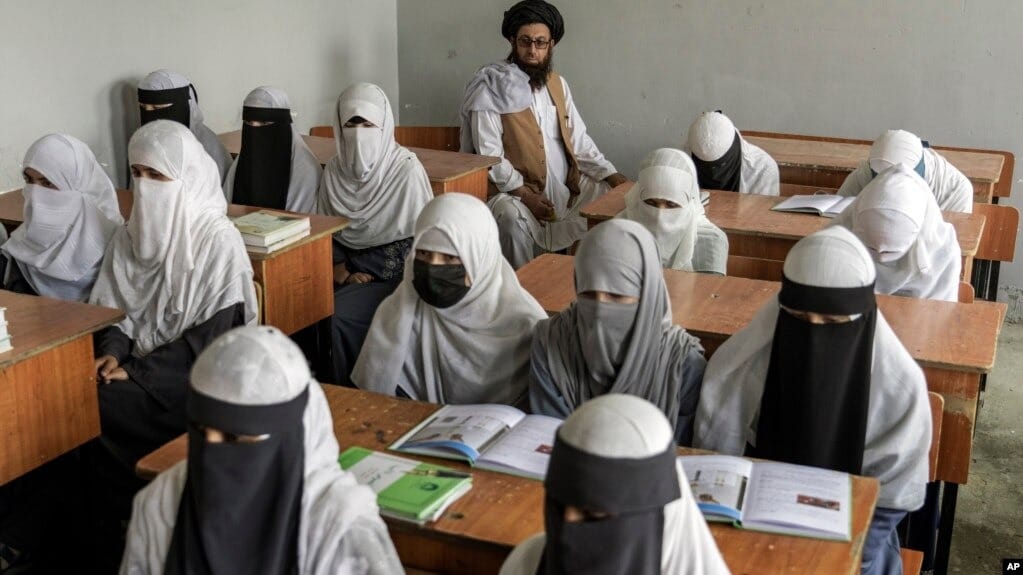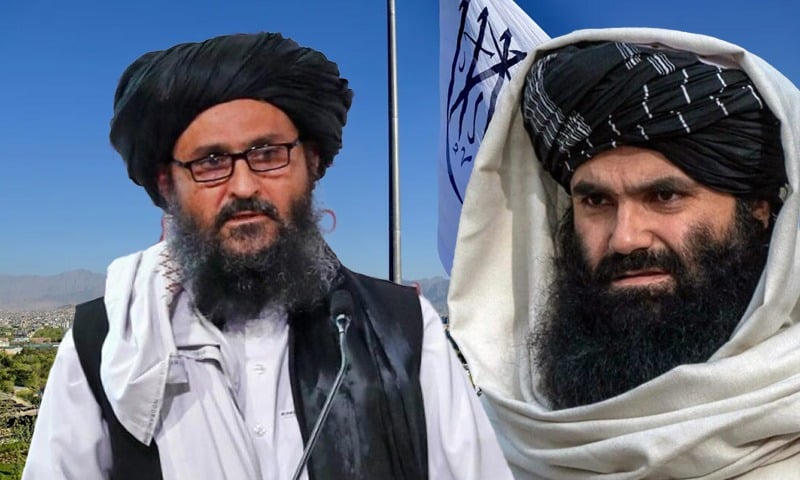In my opinion, India’s aggression has clearly not ceased. Just a few days ago, India launched airstrikes, notably from within its own airspace, avoiding direct incursion into Pakistani territory. In response, Pakistan’s counteraction, including downing Indian jets, has pushed India into what can only be described as an internationally embarrassing situation. It seems evident that India is increasingly gripped by frustration.
The global media anticipated that Pakistan would respond on its own terms, in its own time, and through carefully calculated planning. India’s recent turn to drone incursions appears to be a deliberate attempt to test Pakistan’s defensive capabilities and military technology. Yet, not a single drone achieved its target, each was intercepted and destroyed, further showcasing Pakistan’s superior readiness. This escalating reliance on drones by India, in my view, is a sign of desperation.
International mediation efforts are intensifying, with various countries urging both nuclear-armed neighbours to avoid full-scale confrontation. Notably, the pressure is largely directed at Pakistan—not because it’s seen as the aggressor, but because the international community understands that Pakistan’s responses are measured, deliberate, and potentially devastating. The fear is not Pakistan’s reaction—but how catastrophic that reaction could be if provoked further.
Military analysts once predicted that ground forces from both sides might clash along the Line of Control (LoC) dividing Indian-occupied Kashmir and Pakistan-administered Kashmir. However, India opted instead to use missile technology. Pakistan’s swift and tactical air force response tipped the strategic balance in its favour. Even Indian and international media outlets are now admitting that Pakistan’s deployment and military positioning are superior.
India’s narrative, backed by a pliant media apparatus, claims international support. But the facts tell another story. When India struck, U.S. President Donald Trump—coincidentally addressing the media at the time, called the action not just regrettable, but shameful. China, Turkey, and Malaysia voiced serious concerns. India’s claim of Russian support was also quickly debunked, with President Putin reportedly urging Modi to avoid destabilizing a region already on edge due to the Ukraine conflict and other regional issues.
Diplomatically, Pakistan has the upper hand. While India stands increasingly isolated, Pakistan is actively engaging in dialogue with numerous allies and mediators. The United Nations, in particular, has ramped up communications, largely focusing on Pakistan, again, because the world understands that Pakistan holds the key to escalation or de-escalation.
From day one, Pakistan has taken a principled stance: condemning the Pahalgam incident and denying any involvement, while openly inviting third-party investigations. It’s India that continues to stoke war hysteria through false media narratives.
Furthermore, India’s attempts to open new fronts in Pakistan through proxy actors like BLA and TTP have reportedly been met with resistance. Even the Afghan government, approached with offers of funding and projects, refused to participate in any anti-Pakistan activity. This speaks volumes about India’s regional credibility—or lack thereof.
Let’s be clear: if Pakistan retaliates under Article 51 of the UN Charter, it is within its legal rights. But such a move would destabilise the entire region, and India knows it. Even Ladakh has seen increased Chinese activity. Tensions with Bangladesh are high, and Sri Lanka has placed its forces on high alert. India is isolated and showing signs of strategic panic.
When it comes to air superiority, Pakistan’s edge is undeniable. Despite having fewer jets, Pakistan’s air force is far more diverse and technologically refined. Reports suggest Pakistan operates six types of modern jets compared to India’s two. The recent downing of Rafale jets has dealt a serious blow to the credibility of the French manufacturer and raised questions about India’s competence in using such high-end equipment.
Most impressively, some of Pakistan’s aircraft have been domestically manufactured, a testament to the country’s growing defence capabilities. International media have praised the Pakistani Air Force’s training and tactical skill, and even voices within India admit they cannot match Pakistani pilots.
In summary, India stands frustrated, diplomatically cornered, and militarily outclassed. The international community sees it. The media sees it. And perhaps, most painfully for New Delhi, its own people are starting to see it too.





